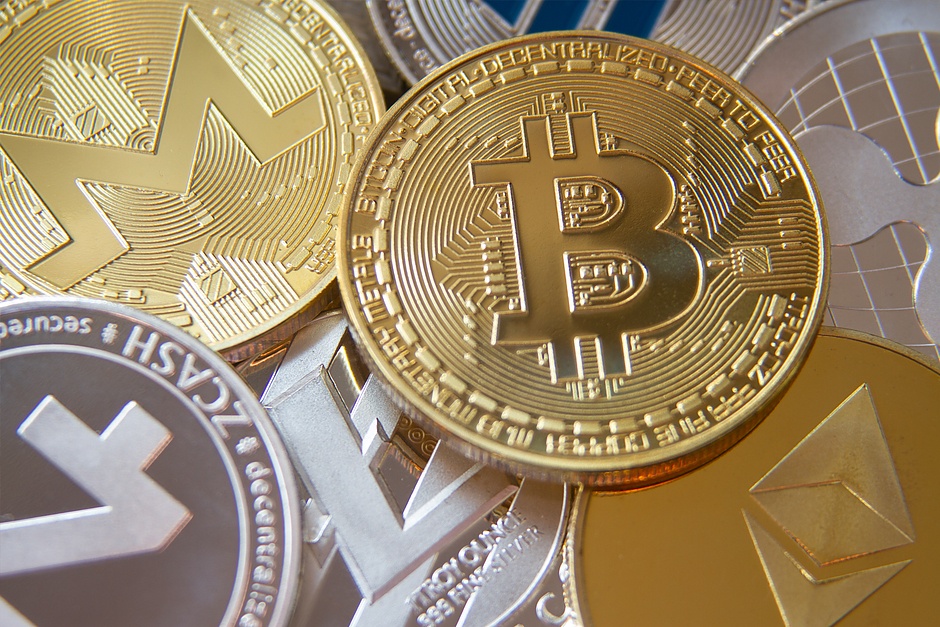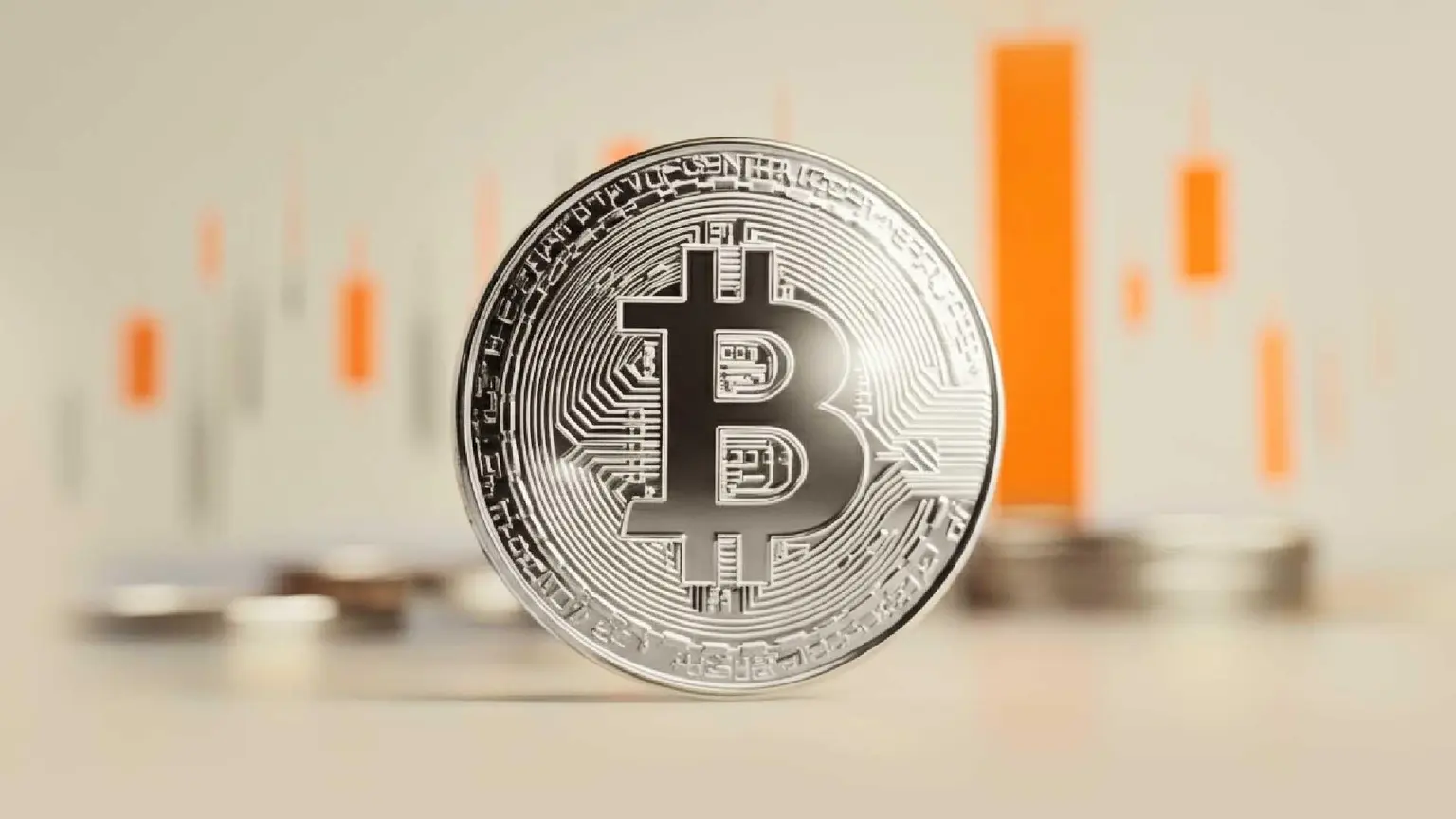Here are some of the biggest risks when Yield Farming
- Yield Farming may be a profitable business as long as you know the risks.
- Bugs in smart contracts may eat your money away.
- Impermanent loss may inflict permanent damage.
- Liquidation will leave you penniless in the twinkling of an eye.

Farming has always been a risky business, no matter whether you plough hard soil to harvest wheat or seek to grow yields on virtual DeFi fields. Yield farmers, just like their real-world peers, should account for many contingencies, natural and human-made disasters that can ruin their yields and drain them completely.
Yield Farming, a new way of making money out of thin air that became trendy this summer. Users are offered huge returns for participating in a DeFi project and staking their coins to provide liquidity.
Newbies are often led to believe that Yield Farming is free money and a lucrative way of passive income. However, this is not entirely accurate as high returns are also accompanied by high risks.
Smart contract risk, liquidation risk, impermanent loss, composability risk, scam risks are just a few examples of those threats that yield farmers should be aware of before pouring their coins into a new hot thing.
This article will detail how to detect, evaluate and avoid smart contract risk, liquidation risk and impermanent loss risk.
Smart contract risk: Bugs are everywhere
Smart contracts are often touted as a secure and reliable way to process deals and transactions. This technology helps to fight corruption and avoid human errors as everything is done automatically in compliance with the conditions embedded in the contract.
However, like any computer code, smart contracts can have bugs. Developers usually try to do their best to make sure that their project works as intended. Still, they sometimes overlook small errors that hackers may exploit to drain the money from the project. In this case, users who supplied money to the protocol will lose their capital.
Cybercriminals use loopholes to outsmart algorithms and steal money. This threat is real, as DeFi protocols have lost billions of dollars to hack attacks. FXStreet previously reported that hackers stole over $100 million from the DeFi sector since the start of the year and the losses are mounting.
How to protect yourself from a smart contract risk
Let's face it, no project is immune to a hack attack or a critical bug in a code. Said this, users can reduce the risks by researching the project.
Make sure that the smart contract is audited. Audits do not guarantee that the code is entirely free from error but they significantly reduce the risk. Then, open the report and read through it to understand how auditors evaluated it and how many bugs they found.
Look for the projects with all their code, updates and features audited, preferably by several reputable companies.
Impermanent loss risk: Things you would never expect
Many popular projects, like Uniswap or similar automated market-makers (AMMs), require people to supply their funds into liquidity pools to earn lucrative rewards and collect trading fees paid by decentralized exchange users. This is a good source of passive income that does not depend on market sentiments.
However, during sharp market moves, users can actually lose all their money. This risk, known as imperative loss, is not intuitive but the liquidity providers should make sure that they understand it.
The thing is that by participating in the liquidity pools, users cannot benefit from a price movement and actually can bear losses if the market value of the asset goes down. The problem comes from the fact that AMMs do not update their prices automatically in line with the market movements. This peculiarity creates arbitrage opportunities and poses significant risks to liquidity providers.
For example, when a token price drops by 50% on centralized exchanges, the change is not reflected immediately on the decentralized platforms. As a result, arbitrage traders can use the narrow time gap to sell their ETH on the DeFi platform for an overcharged price. The difference is eventually covered by liquidity providers who incur losses when the price drops and cannot benefit when it goes up as their capital is locked in the pool.
How to minimize the impermanent loss risk
To avoid impermanent loss issues, liquidity providers should be very selective with pools and make sure they clearly understand how they work. It is always a good idea to find out what other users are saying about the protocol and if they are happy with the experience.
Some protocols, like Curve or Balancer, offer the solution to mitigate the impermanent loss risk. As the industry is aware of the problem, many projects are working on ways to overcome it.
Liquidation risk: Balance can go to zero
In the traditional finance system, institutions such as banks provide liquidity by using cash deposits from their customers. They benefit from lending money to borrowers or investing in assets. DeFi industry cuts out an intermediary and allows people to close a deal directly with each other, making the whole process leaner, cheaper and more transparent.
However, these benefits come with a liquidation risk if the price of the collateral drops below the price of the loan. In this case, it is no longer enough to cover the loan amount so it is liquidated, which means the user bears a loss.
For example, if a user takes a loan on Aave in BTC and provides his or her ETH as collateral, a significant BTC price increase will create a liquidation risk as the value of the ETH token provided as collateral will be less than the value of the borrowed BTC. The same happens if ETH drops while the BTC price stays the same.
How to mitigate the liquidation risks
To reduce your risk of liquidation, it is wise to use less volatile assets and keep an eye on the market if it goes against your positions. Sometimes experts recommend using stablecoins both for the collateral and the loan; for example, borrow USDC against DAI. Their value is usually stable as they are pegged to fiat currencies.
Also, be prudent and keep healthy borrow and collateral ratios in case prices move against you.
Some protocols offer tools to mitigate the liquidation risk. Thus, DeFiSaver on MakerDAO flash loans along with your collateral to automate the repayment. Basically, when DeFiSaver detects that the loan is close to a limit, it will automatically start the repayment process. Nevertheless, it is not a silver bullet against liquidation risks, especially when volatile assets are involved.
Conclusion
With a great variety of projects offering passive income possibilities, it is easy to get tempted away by new trendy ways of earning money. Yield Farming may bring good returns but farmers should be aware of risks and take steps to mitigate them.
Choose reputable projects with thoroughly audited code, work with less volatile assets, keep healthy borrow ratios and make sure you understand how the system operates.
Related read: Chainlink 2.0 introduces hybrid smart contracts
Chainlink has released a whitepaper outlining its plan to create the next generation of decentralized oracle networks. In the past few years, Chainlink emerged as the industry-standard data source for the DeFi industry, connecting blockchains to external resources, including price data. Keep reading
Author

Tanya Abrosimova
Independent Analyst





